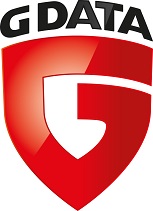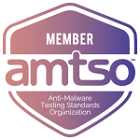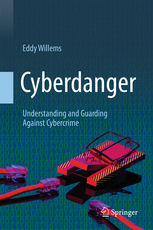Malware writers are entrepreneurs who are always looking for the best return on investment. The Android operating system, combined with the Google Wallet Service, will offer a record-setting ROI if current policies continue. Let’s look at why.
According to Gartner and IDC, Android is the market leader in mobile operating systems, so it is logical that cyber criminals will target the platform. Android malware can easily be spread through apps, which makes it an attractive target. Not only did the beginning of 2011 see the emergence of this trend, but soon Android will take the lead as the most targeted mobile operating systems in terms of malware.
A lot of problems result from the fact that apps can be distributed via different online shops and channels. And nobody, except for security experts, is looking for malware inside the apps.
The first proof of the official Android Market being interesting for cybercriminals was reported in March 2011, called DroidDream, a family of malware which uses a pair of exploits to gain root access on vulnerable Android devices. A large number of Android applications was reported to be infected and all were pulled from the Android Market after it was reported to Google. All of the applications were versions of legitimate programs that were Trojan-ised and rebuilt by the malware authors, loaded with malicious code. DroidDream sends a collection of information like IMEI, IMSI, OS version, etc. to the attacker and then attempts to download additional software and payloads.













